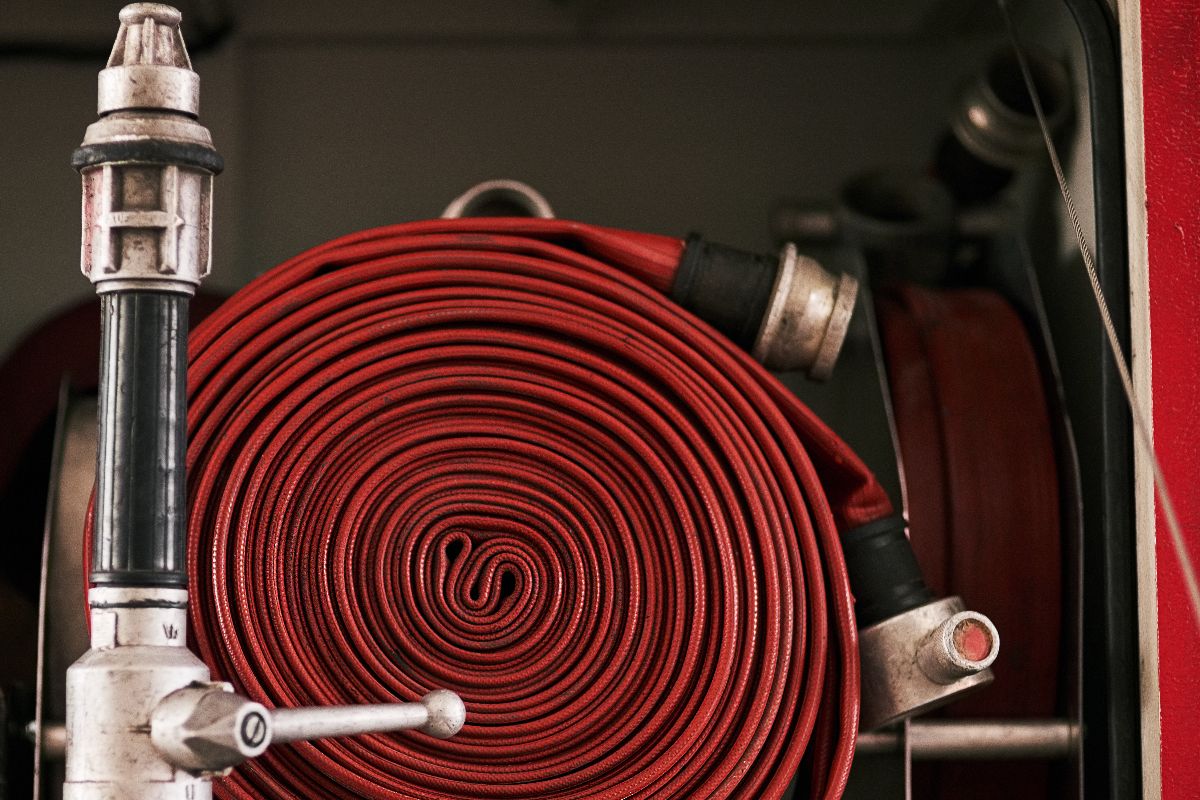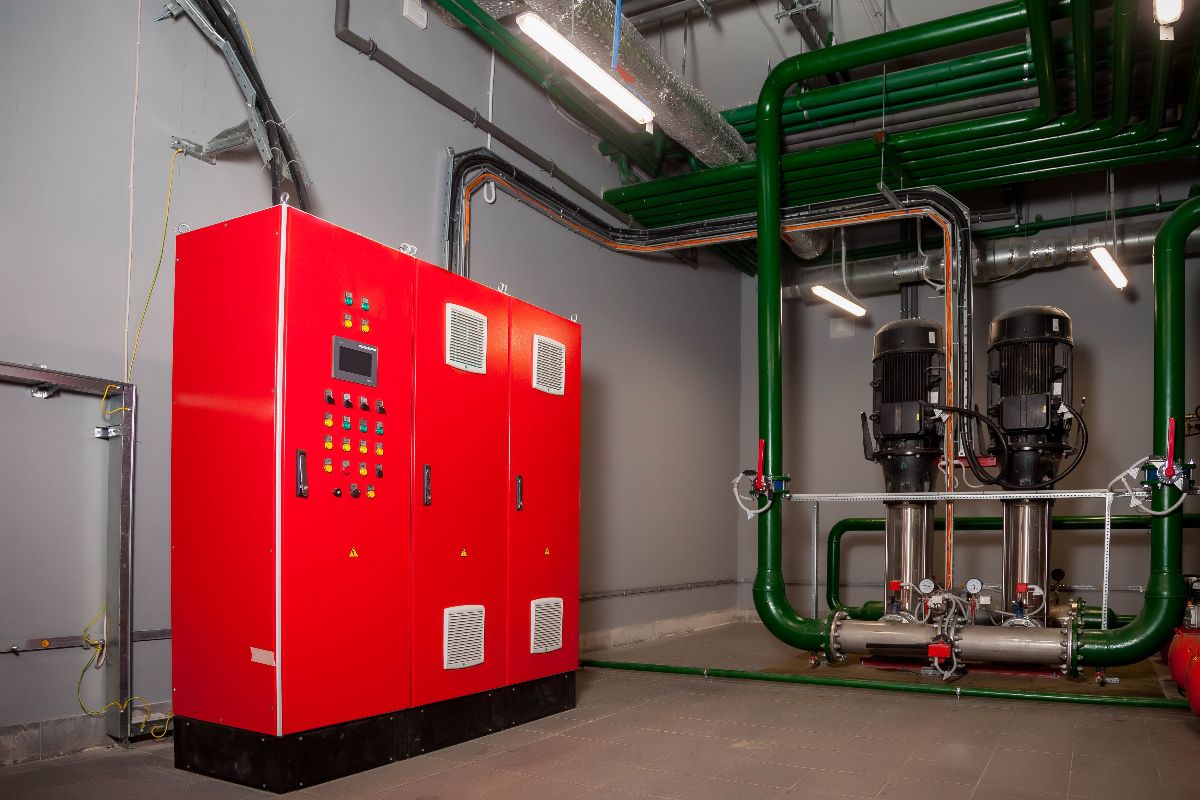From Design to Installation: The Steel Tank Fabrication Process in the Philippines
 September 9, 2023
September 9, 2023
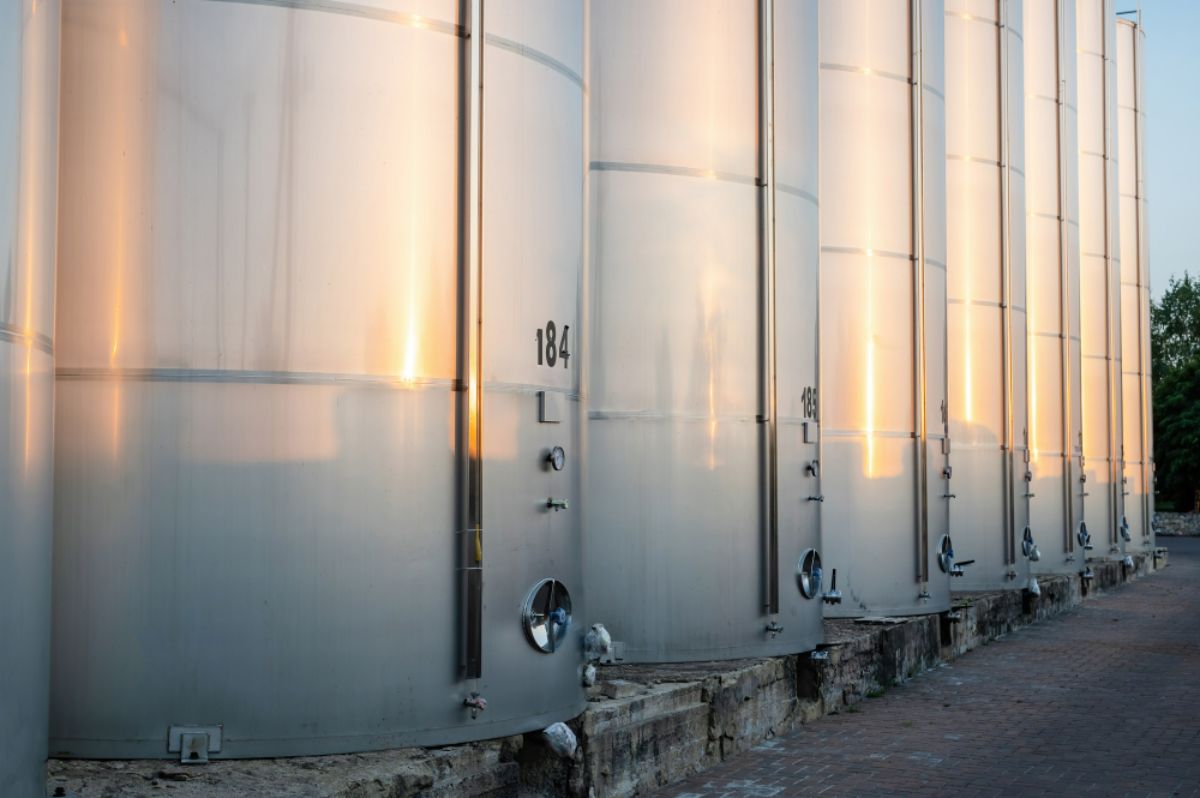
What is the process for steel tank fabrication?
- Designing and planning of the steel tank
- Choosing the right materials for making the steel tank
- Forming and welding the steel tank for its specific use
- Pressure testing and ensuring the quality of the tank
Overview
Steel tank fabrication goes through an exhaustive process of design, welding and into installation. Steel tanks are a vital part of various sectors, namely food, gas, feeds, and more. The process of making steel tanks is a thorough process to ensure it is made with the highest regard for its different utilizations.
In our industrial sector, where innovation and industry converge, the fabrication of steel tanks in the Philippines stands as a testament to engineering prowess. This blog post delves into the meticulous process of crafting steel tanks, unveiling the stages from the initial design to the final installation.
Discover the amalgamation of precision, expertise, and cutting-edge technology that culminate in the creation of these essential structures, powering diverse sectors and contributing to the nation’s industrial landscape.
Designing and Planning of The Steel Tank
The steel tank fabrication process commences with the meticulous stages of design and planning, orchestrated by skilled engineers who adeptly align the tank’s configuration with the unique needs of the company. Their expertise extends to crafting tailored solutions for diverse industries, including the intricate requirements of the food and beverage sector.
Designing a steel tank is an intricate artistry as each application varies significantly across sectors. The fabricators, instrumental in the creation of equipment like fire detection and alarm systems, employ customization to ensure alignment with the company’s budget and exact specifications, an aspect pivotal in determining product quality. Following this initial phase, the planning endeavors commence, delineating the tank’s dimensions and structural elements. This blueprinting stage strategically places access points, forging a foundation that guarantees optimal functionality and ease of maintenance.
Choosing The Right Materials for Making The Steel Tank
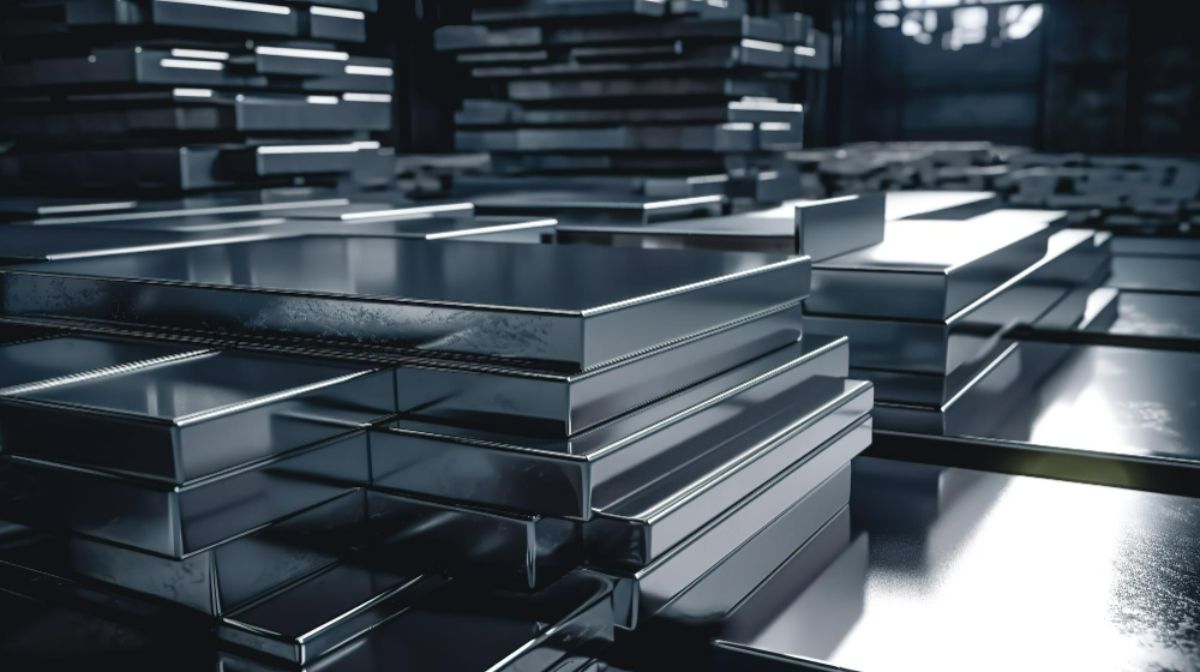
Careful consideration of materials stands as a crucial step within the steel tank fabrication process, carrying profound implications. The efficacy and durability of the final product heavily rest on this pivotal phase. A pivotal decision in this context is the selection of the appropriate steel grade, directly impacting the tank’s overall quality and its potential longevity.
Forming and Welding the Steel Tank for Its Specific Use
Moving forward in the fabrication process, the steel tank takes shape as it’s carefully formed and welded to meet its specific requirements. During this stage, the steel material is molded to achieve the desired shape and size. Skilled engineers then use welding techniques to seamlessly join the steel components together.
Welding demands precision, as engineers apply the right amount of pressure to ensure the structural integrity and high quality of the tank. This meticulous approach guarantees that the final product not only meets standards but also reflects expert workmanship.
After welding, the tank enters another transformative phase. Experts add fitting valves and nozzles, which are essential components for the tank’s proper functioning. These additions provide the tank with the necessary features to operate effectively in its intended context.
Pressure Testing and Ensuring the Quality of the Tank
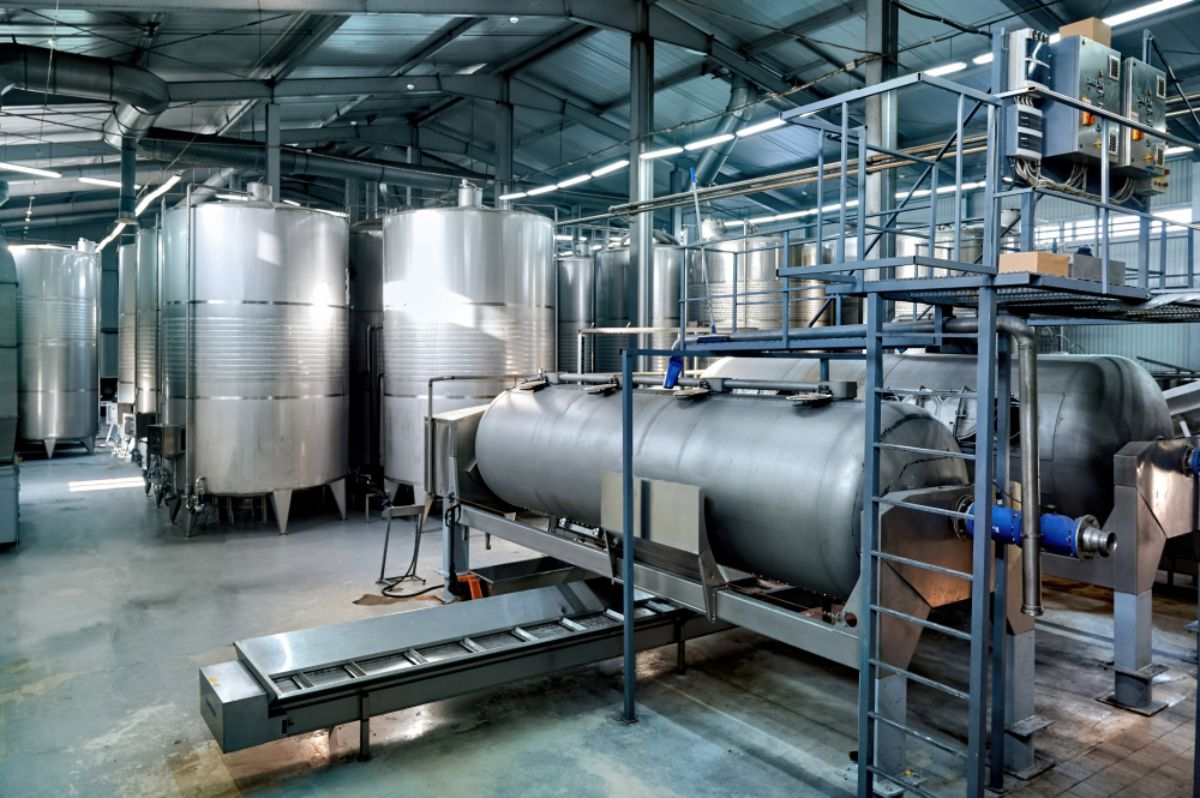
Before the steel tank is deemed ready for service, a critical step is pressure testing to verify its structural integrity and reliability. During this phase, the tank is subjected to rigorous tests that simulate real-world operating conditions. This process involves pressurizing the tank to levels that exceed its intended working pressure. Skilled technicians meticulously monitor for any signs of leakage, distortion, or failure.
Pressure testing guarantees that the tank can withstand the demands of its designated environment without compromising safety or performance. Only after passing these stringent tests is the tank considered fit for its intended purpose, reflecting the commitment to delivering robust and dependable equipment in the steel tank fabrication process.
Applications of a Steel Tank
Steel tanks find diverse applications across the industrial sector due to their durability, versatility, and ability to safely store various substances. Some key applications include:
- Chemical Storage: Steel tanks are used to store a wide range of chemicals, including corrosive and hazardous substances. Their corrosion resistance makes them suitable for safely containing chemicals without compromising their integrity.
- Oil and Fuel Storage: Steel tanks are commonly used for storing oil, fuel, and other petroleum products. They provide secure containment for these flammable substances and can be customized to withstand harsh environmental conditions.
- Water Storage: Steel tanks are used for storing water in various industrial settings, such as manufacturing plants, power generation facilities, and agricultural operations. They ensure a stable and reliable water supply for processes and cooling systems.
- Food and Beverage Processing: Steel tanks play a crucial role in the food and beverage industry for storage, mixing, and fermentation processes. They are used to store ingredients, beverages, dairy products, and more.
- Wastewater Treatment: Steel tanks are used in wastewater treatment plants for holding, treating, and processing wastewater and sludge. They are designed to withstand the corrosive nature of wastewater and various treatment processes.
Key Takeaway
The steel tank fabrication process in the Philippines unfolds through a meticulous, expert-guided step-by-step procedure. This intricate process, solely entrusted to seasoned engineers, signifies a testament to their profound skill and knowledge. As diverse industries require flawless fabrication, the search for a reliable fabricator becomes paramount. The assurance of precision and excellence is the hallmark of this process, ensuring that every sector finds a steadfast partner in their pursuit of impeccable steel tank solutions.
If you’re looking for some of the best industrial machinery in the country including steel tanks, contact us here at Industrial PH. With over 25 years of engineering experience, we are your trusted partner, offering specialized and comprehensive solutions tailored to the food and beverage sectors. Our services encompass expert consultation, innovative design, seamless distribution, and precision installation of cutting-edge food and industrial machinery.
